Disclosure: This article contains affiliate links. We may earn a commission from purchases at no extra cost to you, which helps our travel content.
The mist rises slowly over the hills surrounding Kandy as I sip my morning Ceylon tea on a small guesthouse balcony. It's been five years since I first visited this sacred city nestled in Sri Lanka's central highlands, drawn by research into traditional Ayurvedic practices. What began as academic curiosity has evolved into something more profound—a personal journey of healing and understanding that keeps pulling me back to this cultural nexus where ancient wisdom and modern life coexist in remarkable harmony.
The Temple of the Sacred Tooth: Beyond Tourism
The Sri Dalada Maligawa (Temple of the Sacred Tooth Relic) stands as Kandy's spiritual epicenter, housing what many believe to be Buddha's actual tooth. While most visitors make a brief morning appearance, the temple's true essence emerges during the evening puja (offering ceremony).
On my third evening in Kandy, I arrived at the temple complex at 6:15 PM, deliberately timing my visit to coincide with the evening ritual. The atmosphere transforms as locals gather, carrying lotus flowers and jasmine garlands as offerings. The air fills with the heady scent of incense and the rhythmic chanting of monks—an auditory landscape that transcends mere sound to become a form of meditation.
What most guidebooks won't tell you is that visitors can participate in the puja rather than merely observe. By bringing a small offering (lotus flowers are available from vendors outside) and following the lead of local devotees, you can experience the ceremony as a participant rather than a spectator. This subtle shift in approach transformed my understanding of Buddhist practice from academic knowledge to embodied experience.
The temple complex warrants multiple visits. My research into traditional medicine led me to discover that many of the carved panels depict ancient healing practices, including botanical remedies still used in contemporary Ayurvedic treatments.

💡 Pro Tips
- Visit during the evening puja (6:30 PM) for a more authentic experience with fewer tourists
- Bring lotus flowers as offerings to participate rather than just observe
- Dress modestly with shoulders and knees covered; white clothing is particularly appropriate
Ayurvedic Healing: From Ancient Texts to Practical Applications
My research background in medicinal plants made Kandy a natural laboratory. The region houses several authentic Ayurvedic centers where traditional knowledge has been preserved through generations of practitioner families.
At the Ariyasena Family Ayurvedic Center, I spent three afternoons learning about the classification of medicinal plants according to their dosha properties. What fascinated me was the systematic approach to plant medicine that predates modern pharmacology by centuries yet contains principles that align with contemporary research findings.
During my sessions with Dr. Ariyasena, I documented over forty plant species used in respiratory treatments alone. The precision in preparation methods—timing of harvest, parts used, extraction techniques—reflects sophisticated empirical knowledge developed over centuries.
For those interested in traditional medicine, I recommend bringing a botanical field notebook to document plants and preparations. The waterproof pages proved invaluable during my herb walks in the humid conditions, allowing me to sketch specimens and note preparation methods without worry.
The most profound aspect of Ayurvedic medicine in Kandy isn't the treatments themselves but the holistic philosophy underpinning them—the interconnection between physical symptoms, mental state, environmental factors, and spiritual well-being. This integrated approach offers valuable perspectives even for those trained in Western medical traditions.
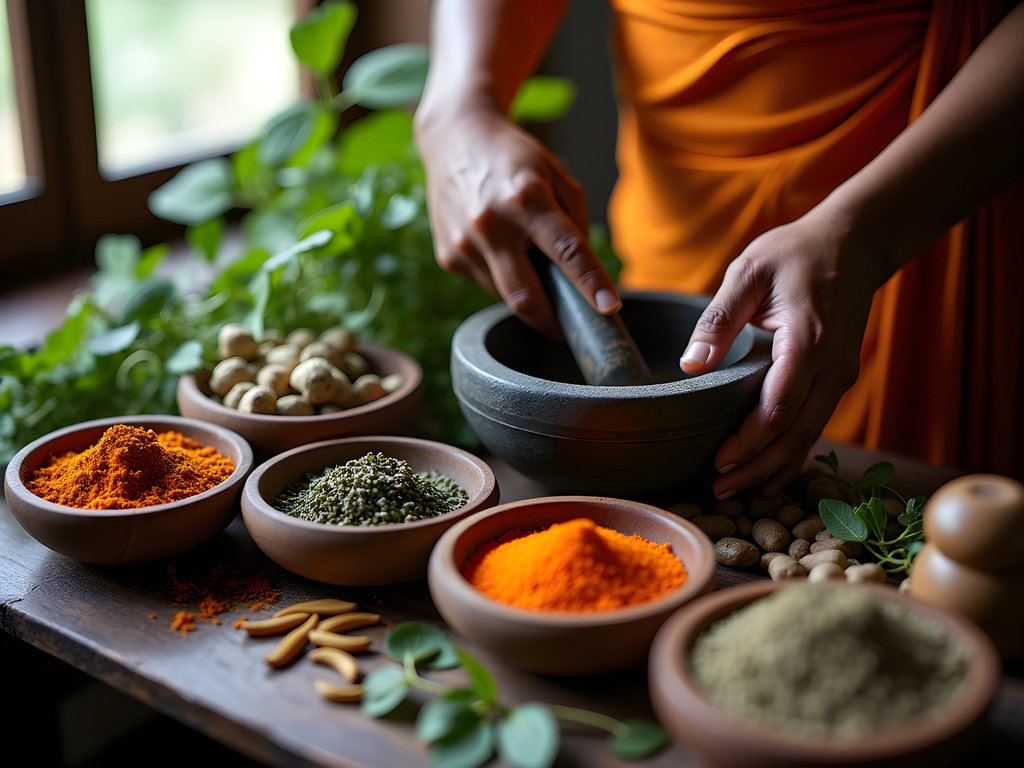
💡 Pro Tips
- Book Ayurvedic experiences directly through local practitioners rather than hotel concierges for authenticity
- Participate in an herb walk with a knowledgeable guide to identify medicinal plants in their natural habitat
- Consider a 3-day Ayurvedic program rather than a single treatment to experience the cumulative effects
The Living Heritage of Kandy Dance
The Kandyan dance tradition represents more than entertainment—it's a living repository of cultural memory and healing practices. What many visitors don't realize is that these performances originated as rituals to ward off illness and invoke protection.
At the Kandy Lake Cultural Center, I attended not just a performance but a workshop where master dancers explained the medicinal and spiritual significance behind specific movements. Particularly fascinating were the Thovil ceremonies—healing rituals involving elaborate masks, drumming, and dance sequences designed to exorcise illness-causing spirits.
The precision of the footwork in Kandyan dance creates vibrations believed to affect specific energy centers in the body—a concept that parallels some aspects of sound therapy being explored in contemporary research. The dancers wear ankle bells (called Gejji) that produce specific frequencies during different movements.
For those wanting to document these performances, I found my low-light audio recorder essential for capturing the complex rhythms and vocal elements that are integral to understanding the tradition. The layered drumming patterns contain sophisticated mathematical relationships that deserve careful study.
I was fortunate to be invited to a village Kohomba Kankariya ceremony—a rare all-night healing ritual rarely witnessed by outsiders. This experience revealed dimensions of Kandyan dance not visible in the tourist performances, particularly the trance states achieved by dancers and their purported healing effects on community members.

💡 Pro Tips
- Attend a workshop at the Kandy Lake Cultural Center that explains the medicinal aspects of dance movements
- Visit the Amaya Hills cultural show for the most authentic representation of traditional dance forms
- Learn basic drum patterns to understand the mathematical structure behind the performances
Tea Culture and Forest Pharmacopeia
The hills surrounding Kandy cradle some of Sri Lanka's most renowned tea estates, but my interest extends beyond the perfect cup to the ethnobotanical knowledge preserved in these landscapes. Tea cultivation in Sri Lanka represents a fascinating intersection of colonial history, agricultural science, and traditional knowledge.
At the Hantana Tea Museum, I spent a full day examining historical documents on the medicinal applications of tea beyond its use as a beverage. The curator shared rare manuscripts detailing how different processing methods were developed to enhance specific health properties—knowledge that predates modern scientific understanding of tea polyphenols and their effects.
Beyond the established estates lie smaller operations where families maintain knowledge of forest plants used alongside cultivated tea. During my research visits, I documented over 60 species of medicinal plants growing in the buffer zones between tea plantations and natural forest.
For serious tea enthusiasts, I recommend bringing a temperature-controlled travel kettle to properly prepare different tea varieties at their optimal brewing temperatures. The subtle flavor compounds and beneficial properties of white and green teas are significantly affected by water temperature.
Perhaps most fascinating was my visit to a small-scale tea producer who maintains a garden of "forgotten" tea cultivars—varieties developed during the early colonial period but abandoned for commercial reasons despite their unique medicinal properties. These living archives of botanical diversity represent an invaluable resource for both cultural preservation and potential pharmacological research.
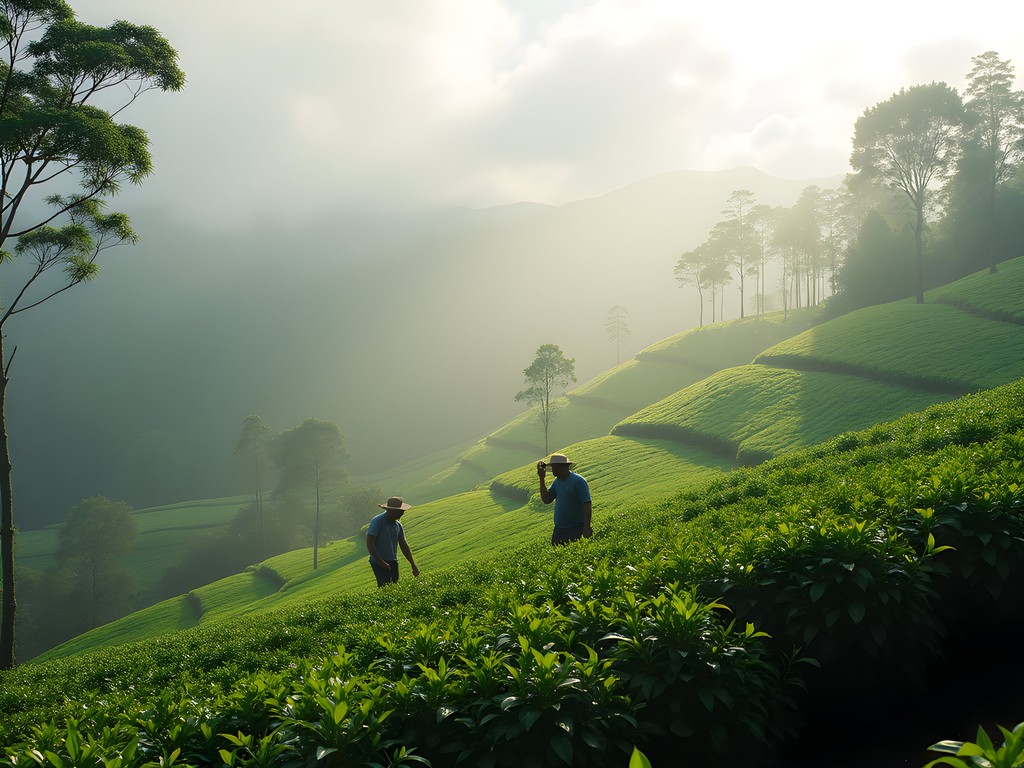
💡 Pro Tips
- Visit Hantana Tea Museum early on a weekday to speak with the knowledgeable curator about medicinal tea traditions
- Arrange a specialized tea tasting focused on the health properties of different processing methods
- Explore the forest edge areas around tea plantations with a knowledgeable guide to identify medicinal plants
Sacred Waters: Ritual Bathing and Healing Springs
Water plays a central role in Kandyan healing traditions, from the sacred bathing pools near temples to the mineral springs tucked away in the surrounding valleys. These hydrological features represent more than spiritual symbols—many contain mineral compositions with genuine therapeutic properties.
At Nillambe, a small village 30 minutes from Kandy, I documented a traditional water-blessing ceremony that continues uninterrupted since pre-colonial times. Local practitioners believe certain springs have specific healing properties for different ailments—a belief I approached with scientific curiosity rather than dismissal.
Using a portable water testing kit, I analyzed samples from seven sacred springs around Kandy. Interestingly, several showed elevated levels of minerals like sulfur, magnesium, and lithium—elements known to have therapeutic effects in modern balneotherapy. This intersection of traditional belief and scientific validation fascinates me as a researcher.
The most profound experience came during a pre-dawn ritual bath at a small temple pool where devotees immerse themselves before important ceremonies. Arriving at 4:30 AM, I joined local practitioners in a purification ritual that involved specific breathing patterns during immersion. The physiological effects—including marked changes in heart rate variability and peripheral body temperature—suggest potential psychophysiological mechanisms behind these ancient practices.
After losing my wife to cancer five years ago, these water rituals took on personal significance beyond academic interest. There is something universally healing about water immersion rituals that transcends cultural context—perhaps explaining why similar practices appear independently across diverse healing traditions worldwide.
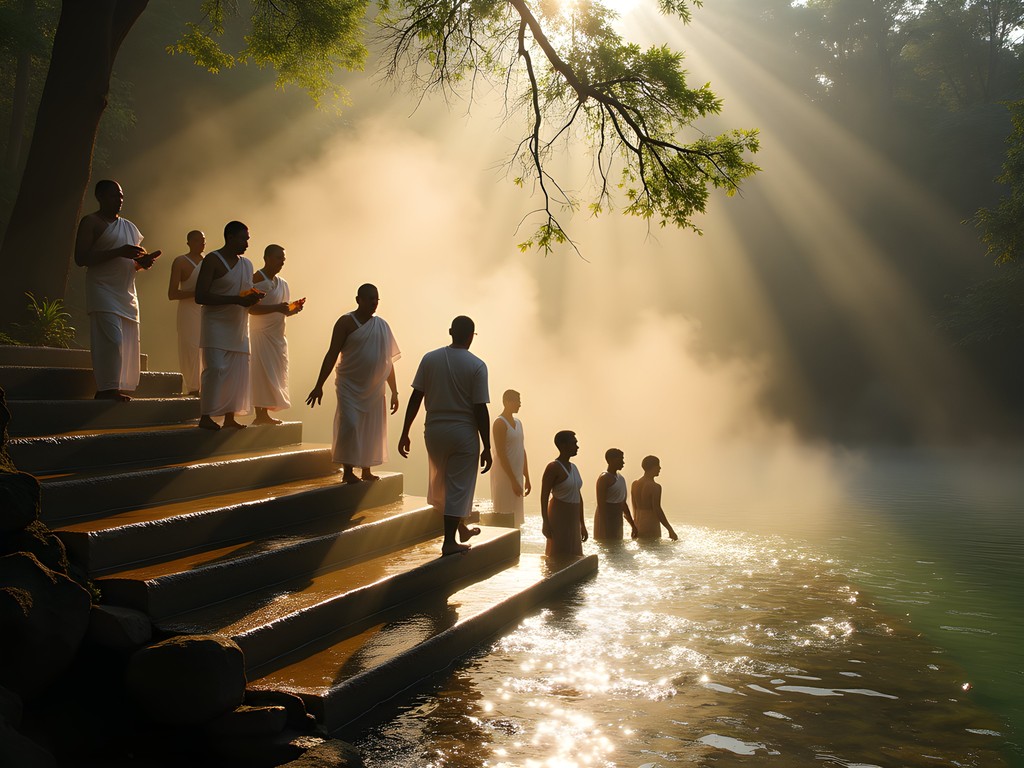
💡 Pro Tips
- Visit the Nillambe springs early morning (before 7 AM) when local practitioners perform traditional water rituals
- Bring appropriate modest bathing attire if you wish to participate in immersion ceremonies
- Speak with elders at the Embekke Temple about the historical healing properties attributed to different water sources
Final Thoughts
My week in Kandy revealed layers of cultural wisdom that continue to inform my research and personal healing journey. What makes this highland city extraordinary isn't just its UNESCO status or picturesque setting, but the living traditions that offer profound insights into the human relationship with health, spirituality, and the natural world.
As a medical researcher, I came seeking data on traditional plant medicines, but I departed with a more nuanced understanding of healing as an integrated system where belief, ritual, community, and botanical knowledge operate as interconnected elements rather than isolated variables.
For the solo traveler seeking more than surface-level tourism, Kandy offers rare opportunities to participate in living traditions rather than merely observe them. The key is approaching these experiences with both respect and genuine curiosity—qualities that open doors to authentic cultural exchange.
I'll return to Kandy next year to continue documenting the tea cultivars and their medicinal applications, but also to immerse myself in the evening temple ceremonies that have become a form of meditation in my own healing process. In this ancient capital, the boundaries between research and personal transformation continue to dissolve with each visit.
✨ Key Takeaways
- Participate in evening pujas at the Temple of the Sacred Tooth for a more authentic experience than daytime visits permit
- Seek out traditional Ayurvedic practitioners in smaller family centers rather than tourist-oriented spas
- The tea landscapes around Kandy contain valuable medicinal plants beyond the cultivated tea itself
- Water-based healing rituals offer both cultural insights and potential therapeutic benefits worth experiencing firsthand
📋 Practical Information
Best Time to Visit
Year-round, though December-March offers the most pleasant climate with less rainfall
Budget Estimate
$30-50 USD per day including guesthouse accommodation, local meals, and site admissions
Recommended Duration
5-7 days minimum to experience both cultural sites and surrounding natural areas
Difficulty Level
Moderate - Involves Some Walking On Uneven Terrain And Adaptation To Local Customs
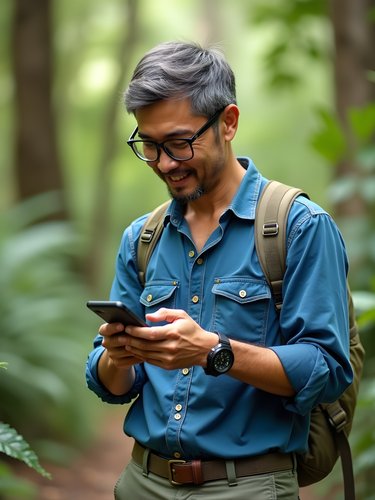
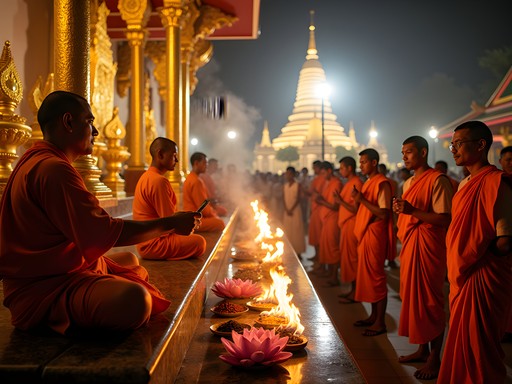

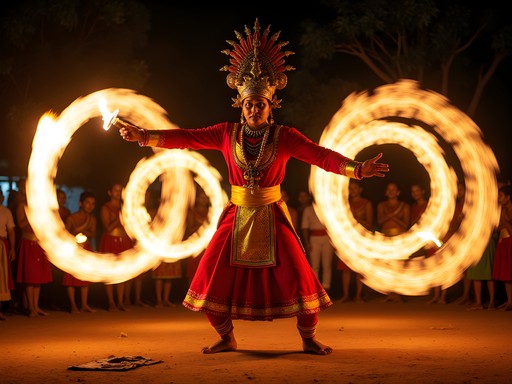
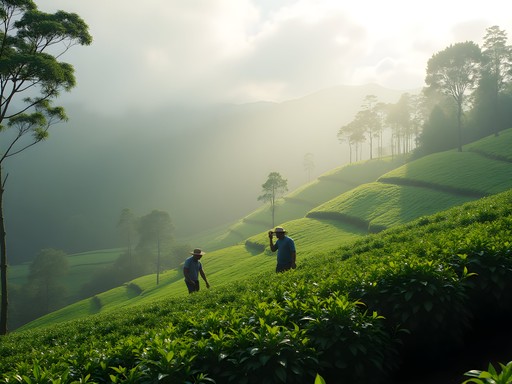
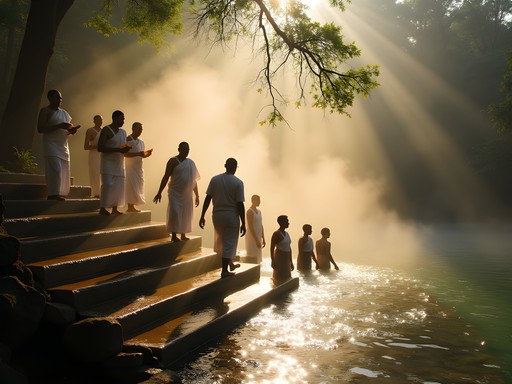


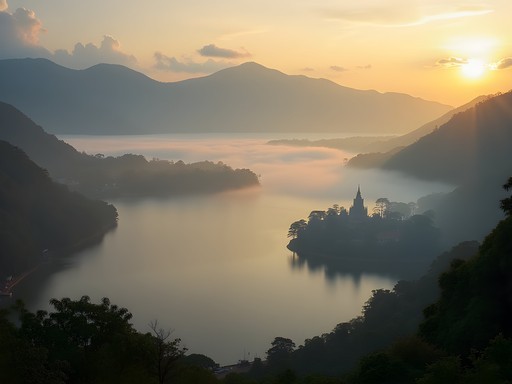
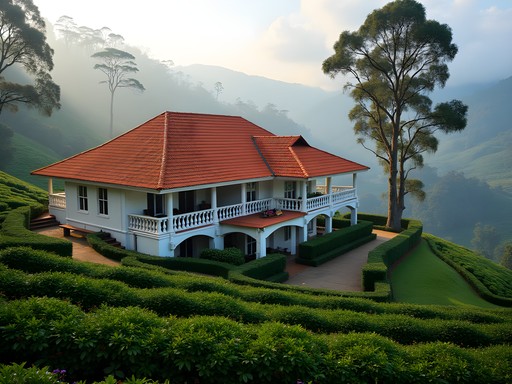






Comments
cultural_nomad
Your photo of the Kandy dancers is incredible! The colors and movement... wow!
backpack_wanderer
Love your photos of the Kandy dancers! Those costumes are incredible.
wanderlust_emma
Beautiful post! How many days would you recommend staying in Kandy to experience all these rituals properly?
Raymond Sanders
I'd say minimum 3 days, but ideally 5-7 if you want to experience the ceremonies, try Ayurvedic treatments, and explore the surrounding areas. The rhythm of the place reveals itself more with time.
wanderlust_emma
Thanks Raymond! Will plan for 5 days then. Can't wait!
sri_lanka_lover
Pro tip: visit the Temple of the Tooth for the evening ceremony (around 6:30pm) - fewer tourists and more locals. The atmosphere is completely different!
Sophia Gomez
Yes! The evening ceremony is magical. And if you go during Poya (full moon) days, it's even more special.
SriLankaLover
Beautiful post! The way you captured the essence of Kandy is perfect. Those misty mornings are magical.
wanderlust_dreams
Going to Sri Lanka in November! How much time would you recommend in Kandy? Is 3 days enough?
Raymond Sanders
3 days gives you a good taste, but I'd recommend 4-5 if you want to experience both the cultural sites and some of the surrounding nature areas. The Knuckles Mountain Range is worth an extra day!
Sophia Gomez
Raymond, your description of the Temple of the Sacred Tooth ceremony took me right back to my visit last year! I was fortunate enough to attend during Esala Perahera and it was absolutely transformative. The rhythmic drumming, the scent of incense, and that moment when the tooth relic chamber opens... unforgettable. For anyone planning to visit, I'd recommend bringing a travel journal to record your experiences. The cultural nuances in Kandy deserve more than just photos. Also, definitely take Raymond's advice about the Ayurvedic treatments - the consultation process alone taught me so much about traditional healing approaches!
tea_explorer92
Sophia - did you try any of the Ayurvedic treatments yourself? Wondering if it's worth it.
Sophia Gomez
Absolutely! I did a 3-day herbal oil treatment for chronic shoulder tension. It was incredibly effective and the practitioner explained everything about the herbs they were using. Just research the place thoroughly first!
oceanace
Those misty morning tea views sound incredible! Did you stay in the city center or somewhere in the hills?
Raymond Sanders
I stayed at a small family-run guesthouse about 15 minutes from the city center - perfect balance of tranquility and convenience!
oceanace
Thanks! Adding that to my notes for when I visit.
NomadSoul
Going to Kandy next month! How difficult was it to find vegetarian food there? Any specific restaurants you'd recommend?
Raymond Sanders
You'll have no trouble finding vegetarian options! Sri Lankan cuisine has tons of veg dishes naturally. Try Balaji Dosai for amazing South Indian food, and Devon Restaurant for local Sri Lankan veg curries. The Buddhist influence means many locals eat vegetarian regularly.
NomadSoul
Perfect, thanks so much! Can't wait to try those places.
teaexplorer55
Those misty morning tea descriptions made me book a trip! Heading there in November!
Venture X
Premium card with 2X miles, $300 travel credit, Priority Pass